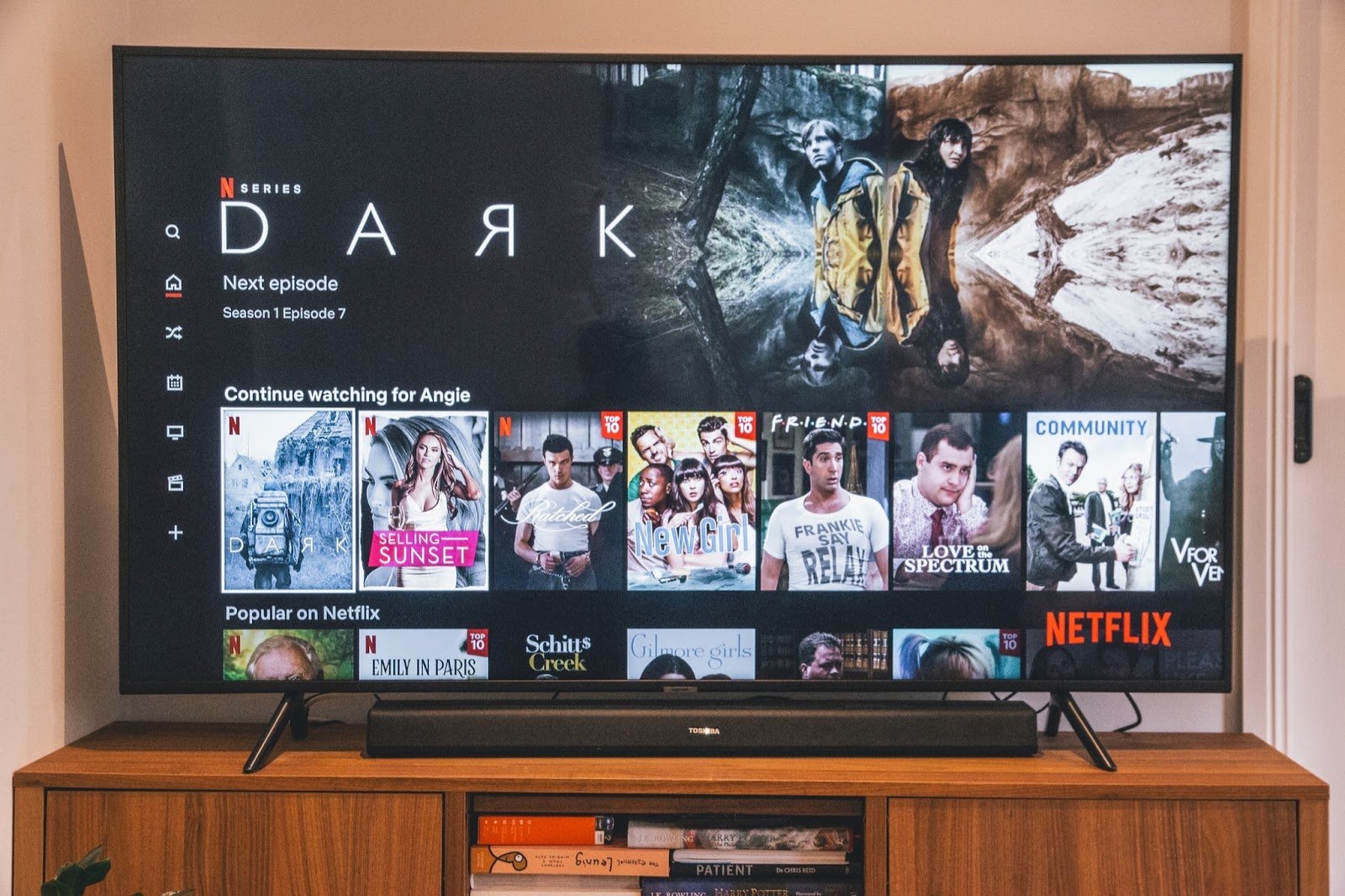From electronic sell-through to pay-per-view, TVOD streaming models are still appealing to modern audiences.
When promoted effectively, TVOD streaming models can drive the highest revenue for video content
TVOD, or transactional video on demand, is a distribution model in which viewers pay for individual video content. This means that they’re able to rent or purchase movies, TV shows, or other forms of media without needing a subscription.
Unlike subscription video on demand, or SVOD, TVOD offers content creators a direct way to distribute and monetize their content without the need for ongoing license payments. This allows creators to have more control over their content and potentially earn higher revenues. For viewers, TVOD allows them to only pay for the specific content they want to watch without committing to a monthly subscription.
Dig deeper into video on demand with our free guide, AVOD vs SVOD vs TVOD: Everything a Marketer Needs to Know.
The Growth of TVOD
Demand for TVOD has been steadily rising in recent years as more and more consumers seek on-demand access to the latest movies and TV shows. With the increasing popularity of streaming services and the decline of physical media, TVOD has become an important avenue for studios and distributors to reach audiences without the need for a subscription.
As more platforms and devices offer TVOD options, the market continues to expand, offering both new and classic content to a wide range of viewers. This growth has also paved the way for independent filmmakers and smaller production companies to distribute their work more widely, providing a broader range of choices for audiences. Ultimately, the growth of TVOD points to a constantly evolving landscape in the way people consume media, offering greater freedom and convenience for viewers.
Types of TVOD
TVOD has several subcategories that cater to different viewer preferences and needs.
Pay-Per-View (PPV)
Pay-Per-View (PPV) is a model where viewers can pay to access specific content, such as live events, on a one-time basis. This allows for limited content views, as viewers must pay a fee to access the content they are interested in.
In the case of live events, PPV allows organizers to reach a wider audience by offering the event to a global audience through streaming platforms. This not only increases the event's exposure but also generates more revenue as viewers from around the world can pay to watch the event. This model also benefits content creators, as they can charge a fee for access to their exclusive content, whether it be a live sporting event, a concert, or a special presentation.
Download to Rent (DTR)
Download to Rent (DTR) is a model that allows users to rent digital content for a specific duration in exchange for a rental fee, similar to the traditional DVD rental model. Users can access a wide range of digital content such as movies, e-books, and music, and rent the content for a set period of time, typically 24 to 48 hours.
The process of DTR involves users selecting the content they want to rent, paying the rental fee, and then downloading the content to their device. Once the rental period expires, the content is no longer accessible to the user unless they choose to rent it again.
The benefits of DTR include the convenience of accessing digital content without the need to physically visit a rental store, as well as the flexibility to rent and watch or use the content at any time during the rental period. Additionally, DTR allows users to avoid the cost of purchasing digital content outright, making it a cost-effective option for those who only need temporary access to specific content.
Electronic Sell-Through (EST)
Electronic Sell-Through (EST) offers several benefits compared to other transactional video on demand (TVOD) models. One of the main advantages is the value of lifelong ownership and access to content for users on the EST platform. This not only provides convenience for users but also creates a sense of ownership and investment in the content they purchase. Additionally, EST can offer a more seamless and integrated user experience, as users can access their purchased content across different devices without the need for additional transactions.
However, EST also presents challenges, such as lower user retention and fewer repeat transactions. To address this, the right marketing channels are crucial for continuous growth. By effectively reaching and engaging potential users, EST platforms can increase user retention and encourage repeat transactions. It's also important to highlight the unique value proposition of EST, emphasizing the benefits of lifelong ownership and access to content.
TVOD Challenges
Unlike subscription-based services, TVOD platforms only generate revenue when customers make individual purchases or rentals, which can lead to unpredictable cash flow. Additionally, TVOD faces competition from other streaming models, such as subscription video on demand (SVOD) and advertising video on demand (AVOD) platforms. This competition can make it challenging to attract and retain customers, as they have numerous options to choose from.
Another challenge is potential price sensitivity. Customers may be hesitant to spend money on individual rentals or purchases, especially if they can access similar content for a monthly subscription fee on a different platform. This can impact customer behavior and purchasing decisions, as they may opt for more cost-effective options or become selective about what content they choose to pay for.
These factors can ultimately impact customer behavior and purchasing decisions by influencing their willingness to spend money on individual pieces of content, their loyalty to a particular TVOD platform, and their overall satisfaction with the available content and pricing options. Willingness to invest in marketing is crucial, as effectively promoting and advertising content on a platform is essential for driving sales in a TVOD model.
Who is a Good Fit for TVOD?
Industries that are well-suited for the TVOD revenue model include film and television brands, independent content creators, and live event streaming. The benefits of the TVOD model in these industries include the ability to capitalize on exclusive or premium content, maintain control over pricing, and potentially generate higher revenue per transaction.
Focusing on exclusive and recent releases can maximize income for TVOD models by attracting a larger audience and driving sales. Platforms can leverage exclusive content and new releases to generate hype and demand, capturing the attention of more viewers and increasing transactional sales. This strategy can lead to higher profitability and a competitive edge in the OTT market.
Make tvScientific Your CTV Partner
tvScientific was co-founded by senior executives with deep roots in search, programmatic advertising, digital media, and ad verification. We think scientifically, and our results are driven by a belief in one, simple formula: Trust = Data x Transparency x Control.
With powerful attribution capabilities, real-time reporting, automated optimization, and built-in, always-on testing, we believe that tvScientific provides the most robust, transparent, tailored CTV advertising platform. Once you see it for yourself, we know you will too. Request a demo today.







